By using our website, you agree to the use of cookies as described in our Cookie Policy
a
Rss Feed
Possible Signs of Structural Damage in Your Home
 Knowing how to spot possible signs of structural damage is something every homeowner should know how to do. After all, ensuring that your house is in good condition is incredibly important in the long and short term. Additionally, if you’re considering buying a new home, you should also know how to spot these signs. Of course, you want to ensure that your new home doesn’t need fixing immediately. So, familiarizing yourself with the tells of structural damage is an excellent starting point. To help you out with this, we’ve made a list of possible signs of structural damage in your home.
Knowing how to spot possible signs of structural damage is something every homeowner should know how to do. After all, ensuring that your house is in good condition is incredibly important in the long and short term. Additionally, if you’re considering buying a new home, you should also know how to spot these signs. Of course, you want to ensure that your new home doesn’t need fixing immediately. So, familiarizing yourself with the tells of structural damage is an excellent starting point. To help you out with this, we’ve made a list of possible signs of structural damage in your home.
Sloping, sagging, or cracking in the floors
Your home’s foundation is probably an essential part of the structure. After all, your home can’t stand without foundation, so it should go without saying that any damage to the foundation is a cause for concern. Fortunately, any signs of wear or shifts in the foundation are relatively easy to spot. Inspect all of your floors, and if they have cracked, sagged, or started sloping anywhere, it’s clear that the foundation needs some repairs. Additionally, consider that structural repairs can get very expensive if they escalate. In general, we like to say that prevention is the best way to deal with structural damage. So, if you notice even the slightest damage to the foundation, get it fixed immediately. Of course, you should only hire trusted experts to get this done, as a poorly repaired foundation can cause many more problems.
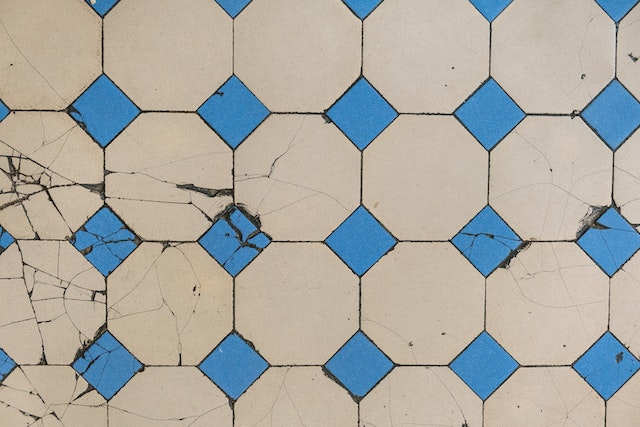 Cracks and sagging in your floors are both possible signs of structural damage.
Cracks and sagging in your floors are both possible signs of structural damage.
Leaky or sagging roof
Like the foundation, the roof is a vital part of any house. Also, a collapsing roof can cause quite a lot of damage to the structure and should be repaired as soon as signs of wear are spotted. The easiest way to spot damage to the roof is sagging; if the roof is sagging, even a little bit, you should immediately be worried. If the roof starts to sag, the structure is already failing and needs to be fixed as soon as possible. Leaks are another telltale sign of structural damage to the roof, although they don’t need to be fixed as urgently. Leaks can escalate into more severe issues, so repairing them quickly is still recommended. Also, experts from ccmover.com note that you should consider the belongings in the affected area and protect them during the repairs.
Cracks in the wall or ceiling
Regarding possible signs of structural damage, cracked walls and ceilings are relatively easy to spot. However, the implications of walls and ceilings cracking are rather dire, as they mean that there are severe problems with the structure itself. To be precise, not every single crack needs to suggest that there is a challenging issue. Small cracks can point to different problems but should be fixed anyway. This is because a tiny crack can escalate into much more extensive problems and cause further structural damage. So, even if small cracks aren’t necessarily signs of severe structural damage, you should fix them quickly. Additionally, when it comes to structural damage, spotting the early warning signs of termites is very important if you live in an area that gets termites. Termite infestations are difficult to deal with, so spotting them is incredibly important.
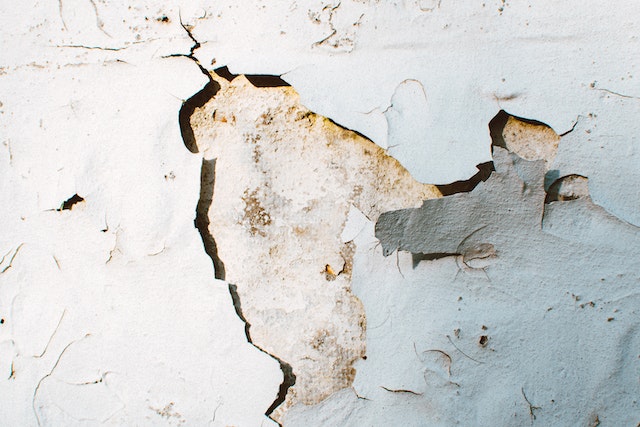 Cracks in the walls and ceilings might not be signs of immediate problems but should be fixed quickly.
Cracks in the walls and ceilings might not be signs of immediate problems but should be fixed quickly.
Doors and windows are particularly vulnerable to structural damage. This is because walls with holes in them are more susceptible to pressure, so structural damage is more likely to occur. There are a few easy ways to tell if windows or doors have structural damage, fortunately. Gaps around windows and doors can cause them to be unable to close, open or lock properly. Additionally, and this is a serious cause of concern, they might start separating from the wall. If you spot any of the above signs of damage, you should get the problem fixed immediately. This is because these areas are more vulnerable to further damage and can escalate into more issues very quickly. Additionally, you should find a safe place during renovation for your belongings. After all, some of these repairs can be fairly large scale, so renting a storage unit for your belongings is a good idea.
Soil pulling away from the foundation
Soil expands and shrinks year-round because of natural processes. If you spot the ground pulling away from the foundation significantly, it indicates that the foundation wasn’t laid properly. A faulty foundation can cause quite a lot of issues for you in the long run. Without a solid foundation, the structural integrity of the entire building suffers. So, while it may seem unimportant in the short term, you’ll find that fixing the foundation will be very beneficial long term. Setting your foundation means that you’ll face fewer structural problems, in general, moving forward. As such, while it may be a significant investment in the short-term, you’ll be able to feel the effects long-term. Additionally, if you’re planning to sell your home at some point, fixing the foundation is one of the important repairs to make before selling your home; all in all, it will make the sale much more effortless.
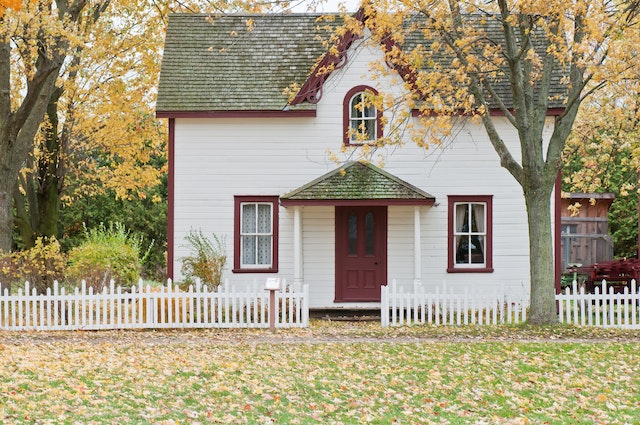 A damaged foundation can easily cause all sorts of issues.
A damaged foundation can easily cause all sorts of issues.
Possible signs of structural damage in your home – closing thoughts
Knowing how to spot the signs of structural damage in your home is vital to stopping them from causing severe issues. All in all, no one wants to deal with serious structural problems; prevention is the best way to deal with them. So, spotting and fixing any issues before they become serious is something every homeowner should know how to do. Fortunately, most signs of structural damage are easy to spot if you know what you’re looking for. So, take the time to learn what they are and how to spot them and protect yourself. We hope this list of possible signs of structural damage in your home helps you keep your home in good condition, and we wish you a good day.
‹ Back



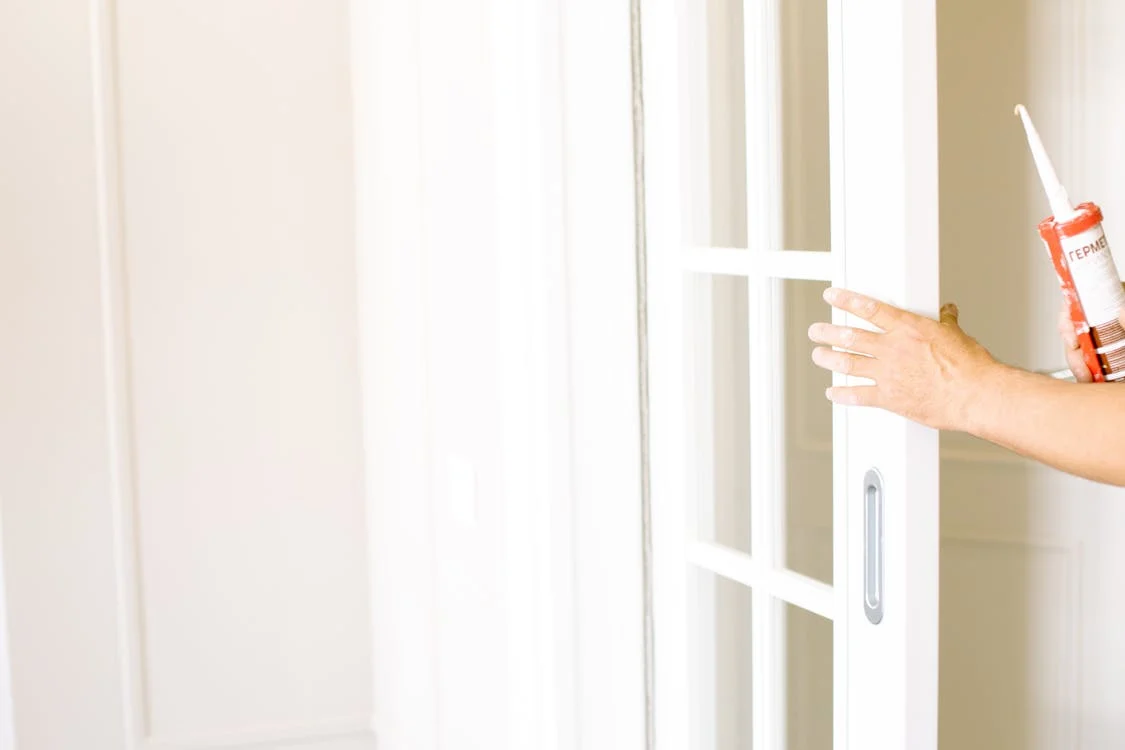
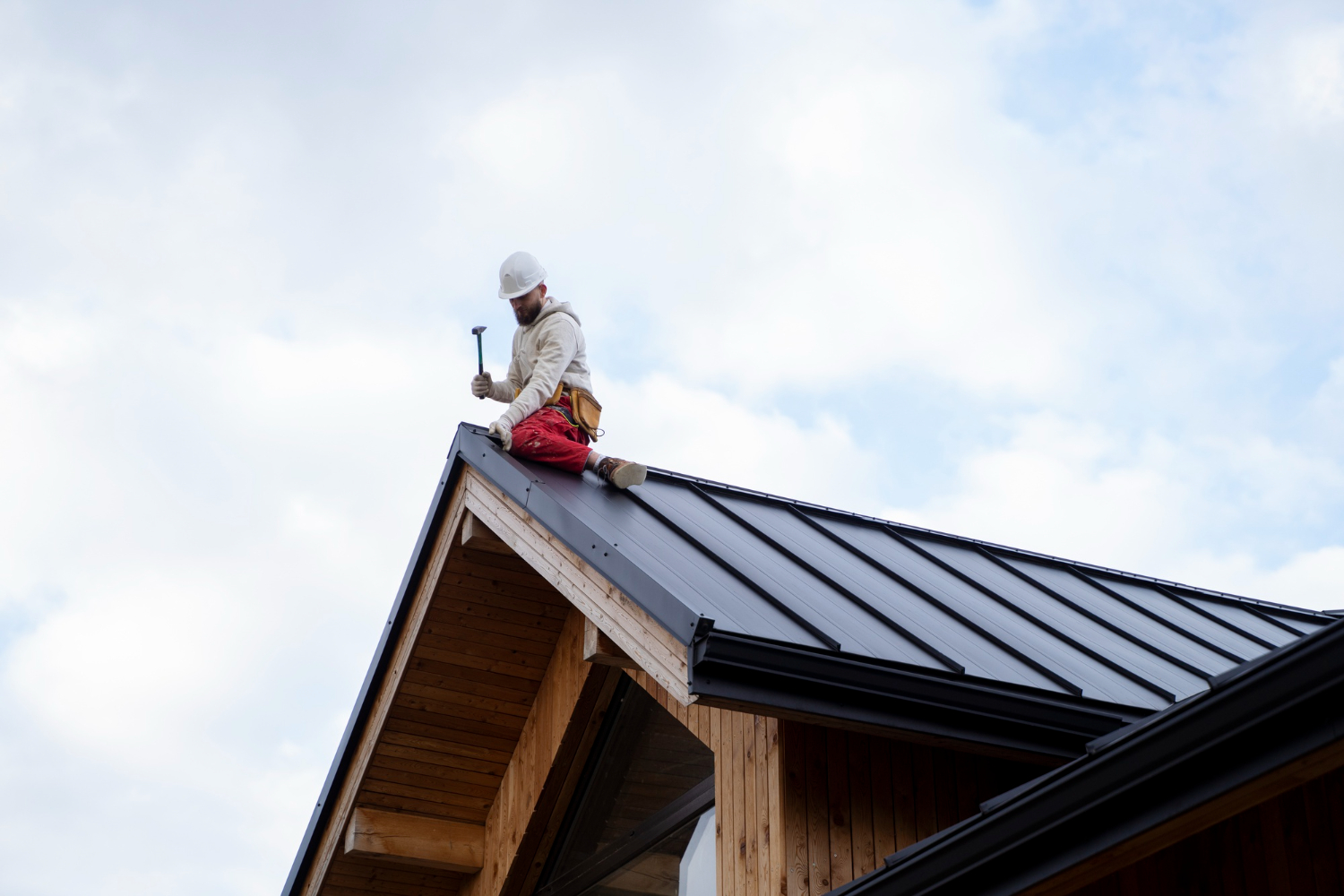

.png)
